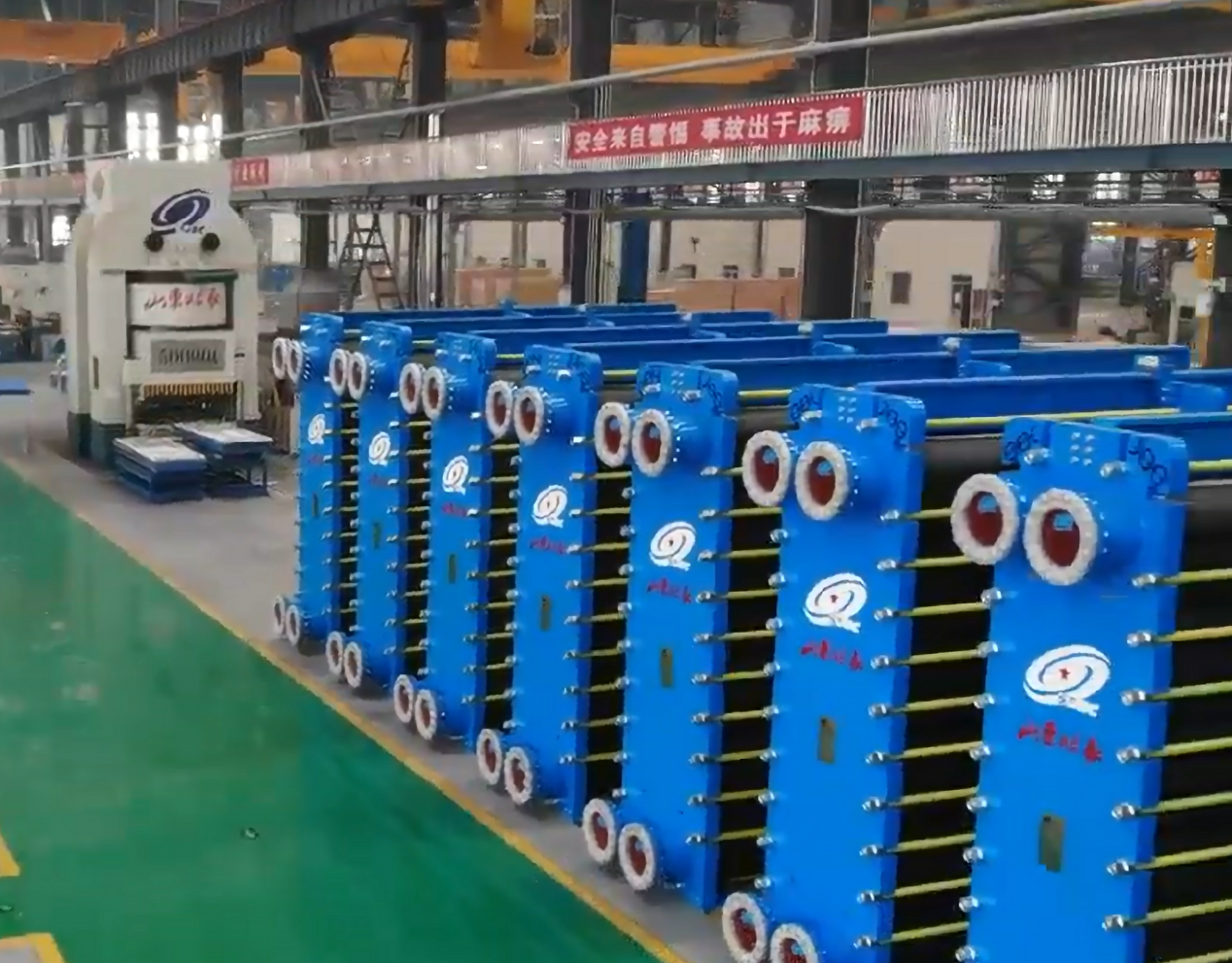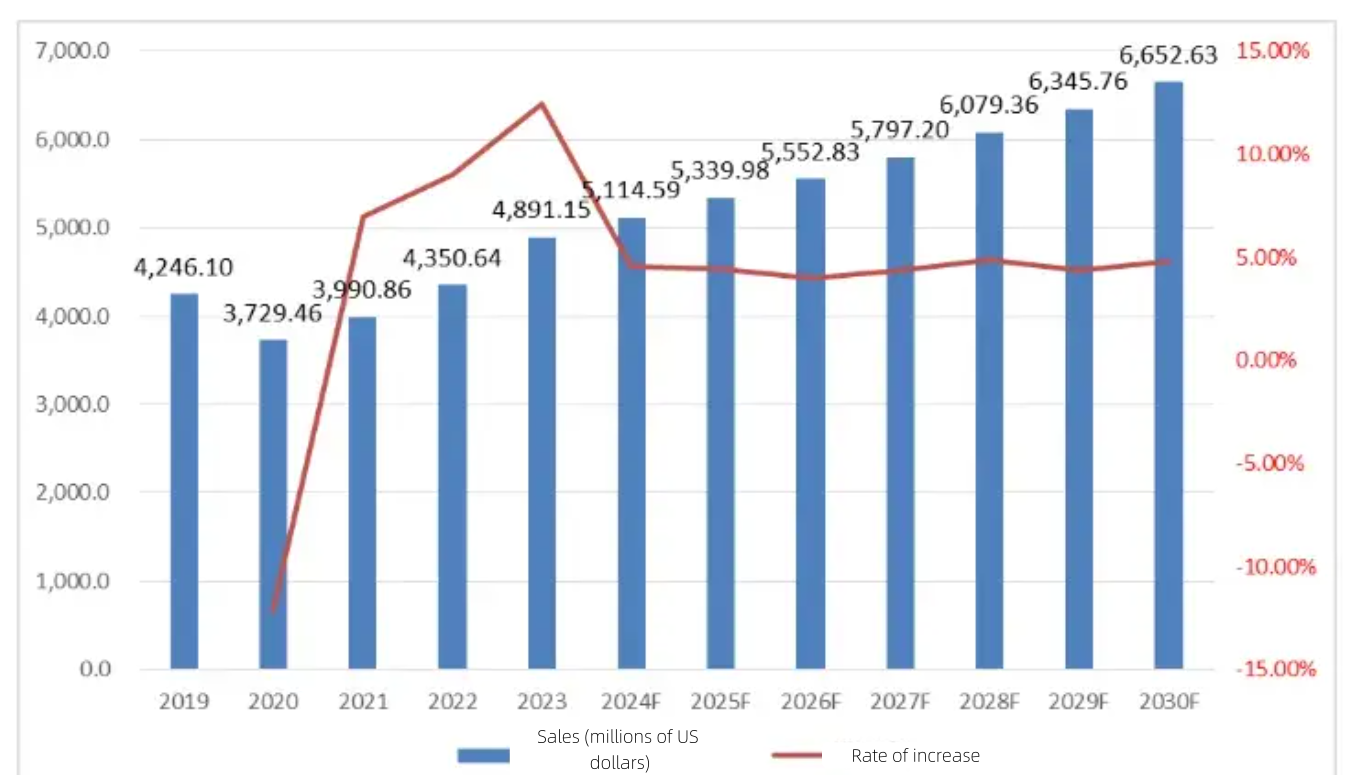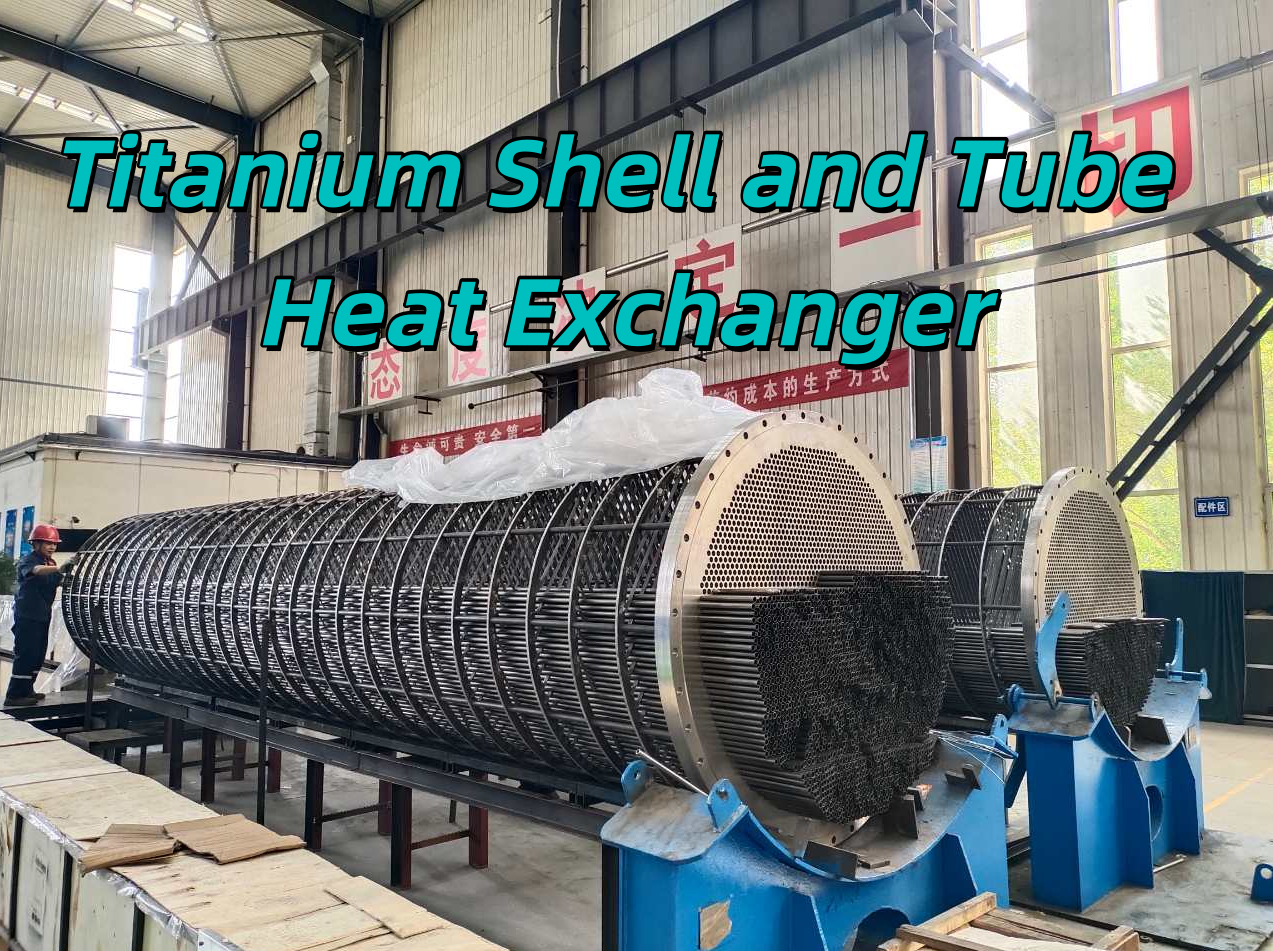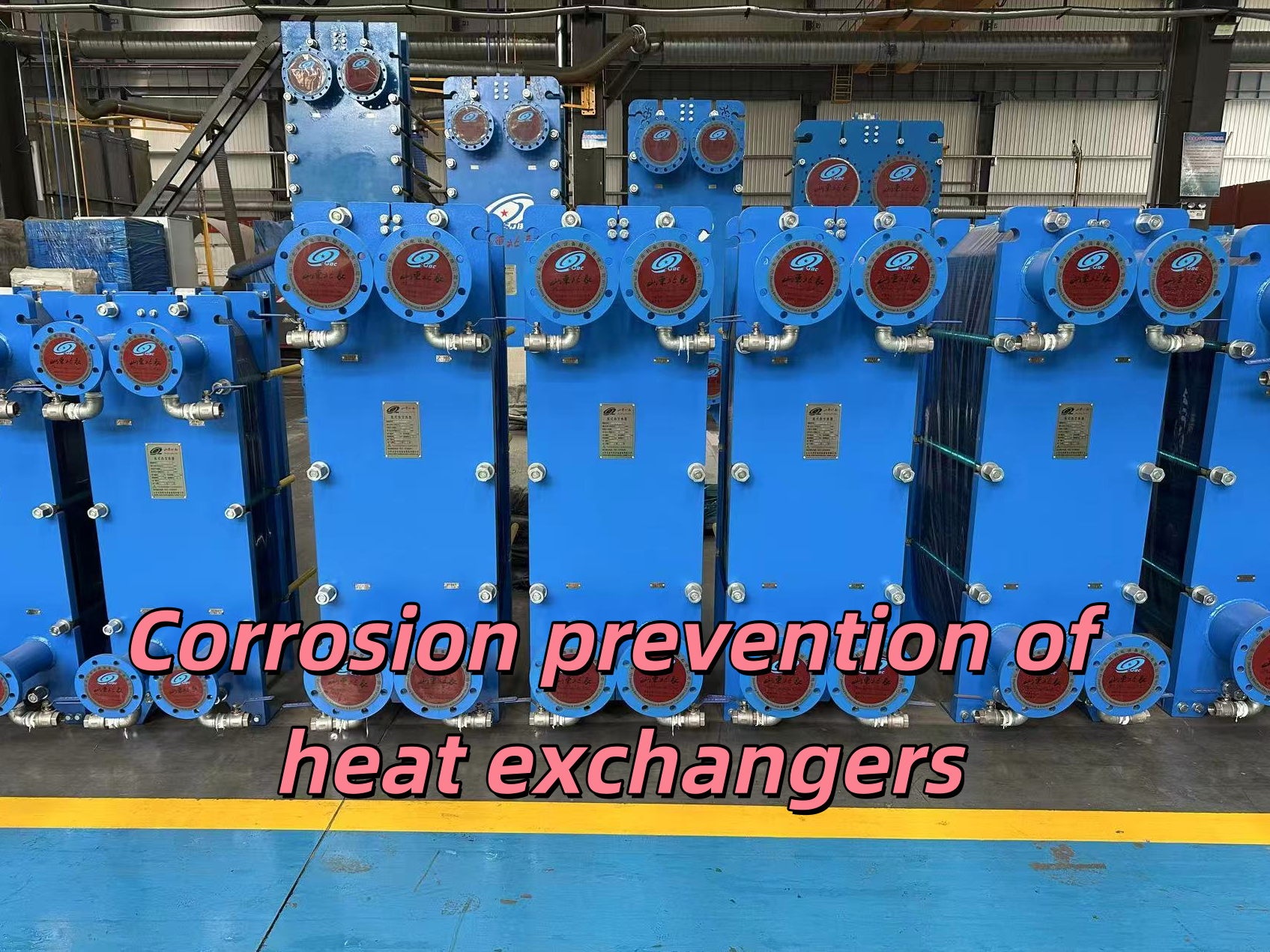Plate heat exchanger industry research
Release time:
2024-12-16
Outline:
Plate Heat Exchanger Industry Snapshot
Status: High demand, tech advancements, Asia-Pacific growth. Trends: Smart monitoring, modular designs, efficiency boosts. Market: Asia-Pacific leads, Europe & China key players. Policy: Promotes energy efficiency, clean energy, automation.
Text:
Plate heat exchanger industry research | global market status and future development trend
The main features of plate heat exchangers include efficient heat transfer, compact structure, removable cleaning and easy maintenance. Because of its efficient heat transfer performance, it has been widely used in chemical industry, refrigeration, food, pharmaceutical, heating and ventilation and other fields.

1 Plate heat exchanger industry current status analysis
The market demand is growing
The wide application of plate heat exchangers in HVAC, oil and gas, power, chemical, food and beverage and other industries has promoted market demand. Especially in the chemical and HVAC fields, with the acceleration of industrial automation and clean energy applications, the demand for plate heat exchangers is expected to continue to increase.
Technological innovation-driven
The introduction of new materials and technologies is improving the performance of plate heat exchangers. For example, new alloys and coating materials that are more resistant to corrosion, improvements in the brazing process, and more precise CNC machining technologies are driving the efficiency and durability of equipment. At the same time, intelligent heat exchangers are gradually applied in some fields, which can achieve data monitoring and fault warning, which is suitable for intelligent manufacturing trends.
The Asia-Pacific market is developing rapidly
The demand for plate heat exchangers in the Asia-Pacific region, especially in China and India, has grown significantly, mainly due to the expansion of the manufacturing industry, the acceleration of urbanization and the increased demand for environmental protection and energy-saving equipment. Many international plate heat exchanger companies are increasing their investment in the Asia-Pacific region to further expand their market share.
2 Plate heat exchanger development trend
Intellectualization and digitalization
The trend of intelligent manufacturing has led to the intelligent development of plate heat exchangers. In the future, plate heat exchangers will gradually be equipped with temperature, flow, pressure and other sensors, which can monitor equipment status in real time and provide data analysis and fault prediction. Intelligent heat exchangers not only improve production efficiency, but also reduce downtime and maintenance costs.
Modular and customized design
In order to meet the diverse needs of different industries, modular and customized designs of plate heat exchangers are becoming more and more common. This design can flexibly combine different types and materials of plates to adapt to a variety of working conditions. In addition, the modular design simplifies the installation and disassembly process, improving the suitability of the equipment and ease of maintenance.
Efficient and energy efficient design
Due to the global requirements for energy conservation and environmental protection, the efficient heat transfer design of plate heat exchangers has become a trend. By optimizing the flow path, improving the heat exchange plate structure design and using advanced materials, plate heat exchangers can achieve higher heat exchange efficiency, reduce energy consumption, and meet industrial and environmental requirements.
3 Analysis of the overall scale of global plate heat exchangers
Global Plate Heat Exchanger Market Sales and Growth Rate: (2019-2030) & (millions of US dollars)

2023 Global top five manufacturers plate heat exchanger market share

The main consumer countries of plate heat exchangers are Europe, the United States, China, Japan and other countries and regions with a more complete industrial development system. These regions account for more than 79% of the global market. Among them, Asia Pacific is the world's largest consumption market, accounting for more than 45% of the global sales market. At the same time, India, Southeast Asian countries such as Indonesia, Thailand and other countries have developed rapidly in recent years, and have greater market potential.
4 Plate heat exchanger industry policy analysis
Energy conservation and environmental protection policy
Governments around the world have introduced energy conservation and environmental protection laws and regulations to improve the energy efficiency of industrial equipment and reduce emissions. Such policies are conducive to promoting the demand for plate heat exchangers, because its high efficiency and energy saving characteristics are in line with the policy orientation. China's "double carbon" goal (carbon peak, carbon neutral) has also promoted the promotion of energy-saving equipment, increasing the application demand of plate heat exchangers in industrial production.
Clean energy promotion policy
Global attention to clean energy and renewable energy, the government encourages the development of solar energy, wind energy, geothermal and other new energy, and plate heat exchangers can be used for energy conversion and heat recovery, applied to new energy facilities. China has put forward goals for the development of new energy in the "14th Five-Year Plan", and plate heat exchanger enterprises can benefit from it.
Industrial automation and intelligence policy
Policy support for industrial intelligence in various countries, such as China's "intelligent Manufacturing 2025" plan, has promoted the intelligent upgrading of industrial equipment, including plate heat exchangers. Intelligent heat exchanger products enable automatic monitoring and remote control to meet the needs of efficient and safe modern plants.
Our company produces high quality plate heat exchangers. If you are interested, please refer to the maintenance manual below:









